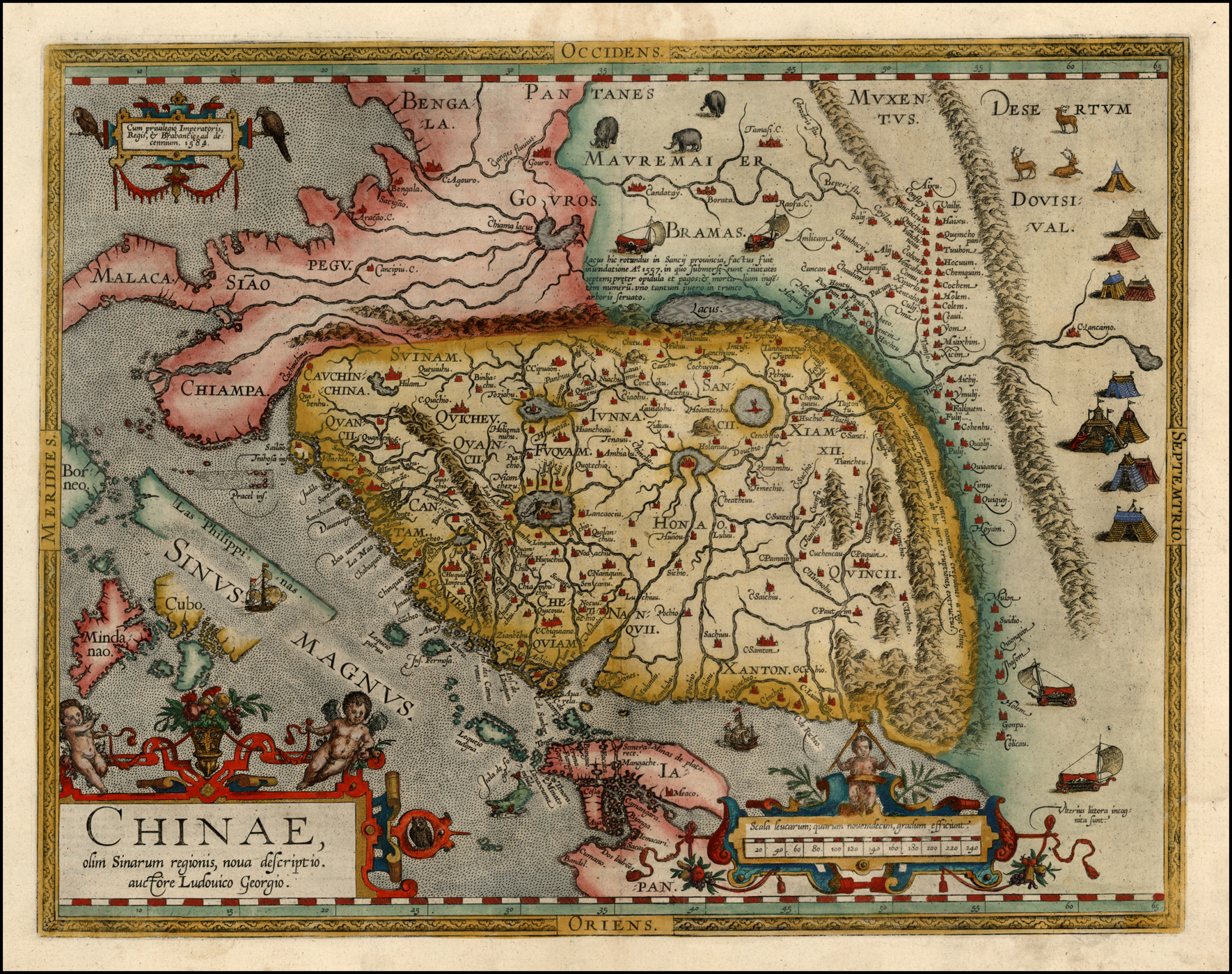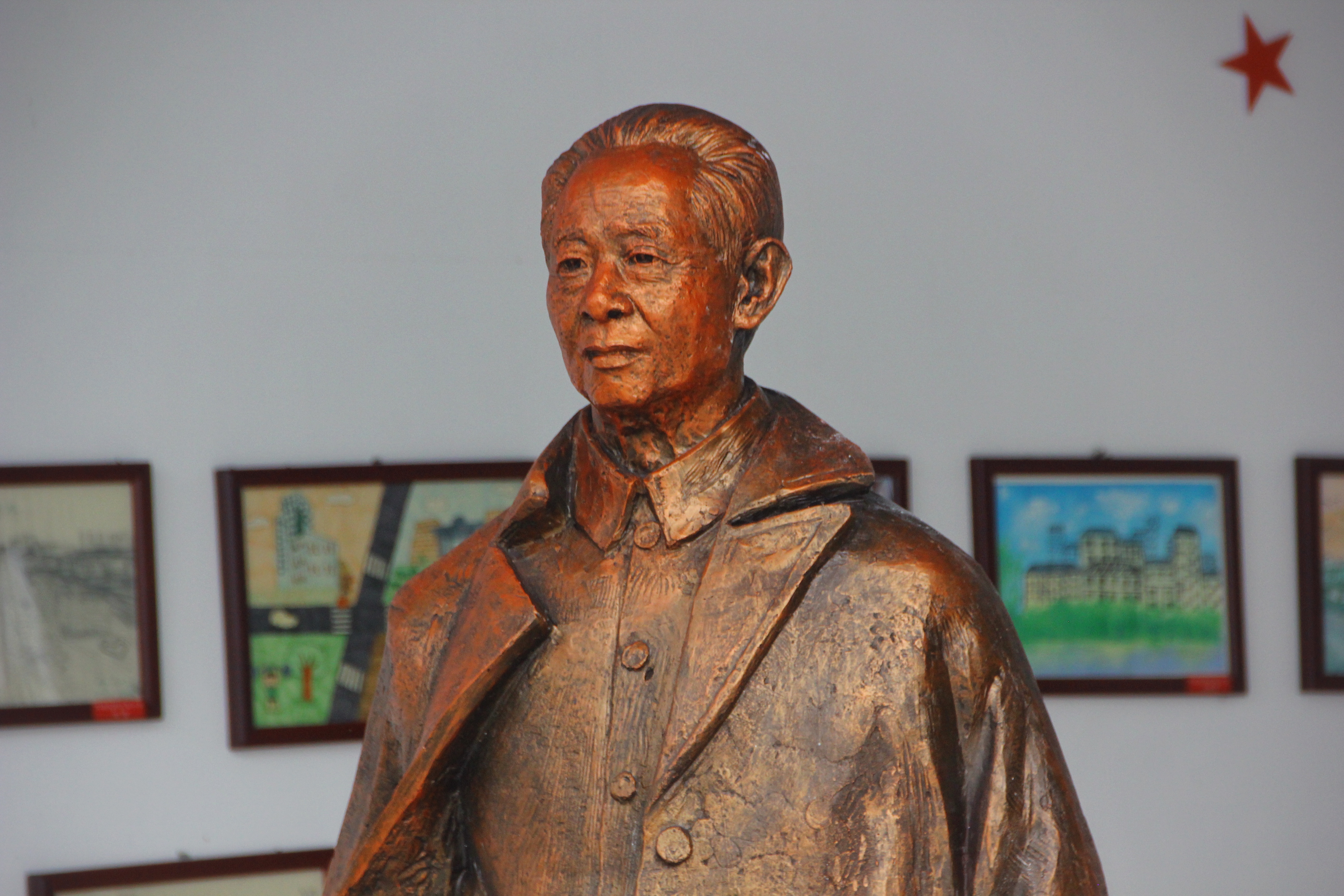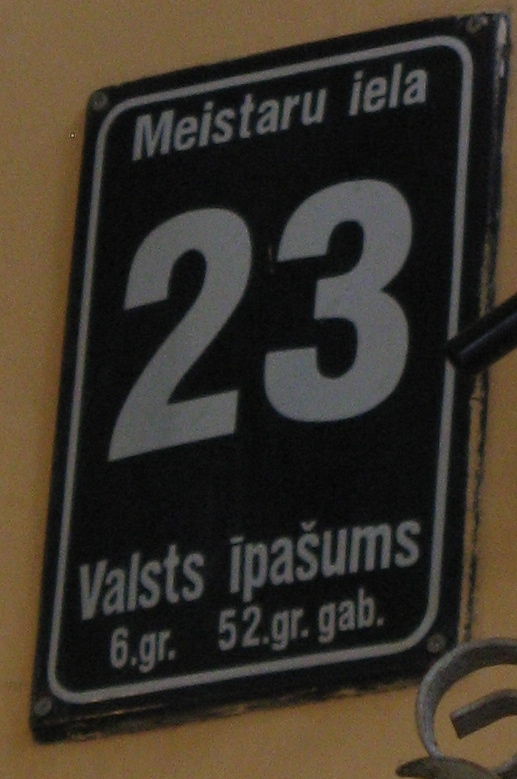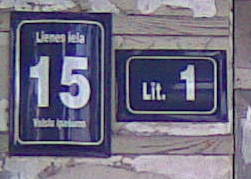|
Real Estate In China
Real estate in the People's Republic of China is developed and managed by public, private, and state-owned red chip enterprises. In the years leading up to the 2008 financial crisis, the real estate sector in the People's Republic of China (PRC) was growing so rapidly that the government implemented a series of policies—including raising the required down payment for some property purchases, and five 2007 interest rate increases—due to concerns of overheating. But after the crisis hit, these policies were quickly eliminated, and in some cases tightened. Beijing also launched a massive stimulus package to boost growth, and much of the stimulus eventually flowed into the property market and drove prices up, resulting in investors increasingly looking abroad. As of 2015, the market was experiencing low growth and the central government had eased prior measures to tighten interest rates, increase deposits and impose restrictions. By early 2016, the Chinese government introduced a ... [...More Info...] [...Related Items...] OR: [Wikipedia] [Google] [Baidu] |
People's Republic Of China
China, officially the People's Republic of China (PRC), is a country in East Asia. With population of China, a population exceeding 1.4 billion, it is the list of countries by population (United Nations), second-most populous country after India, representing 17.4% of the world population. China spans the equivalent of five time zones and Borders of China, borders fourteen countries by land across an area of nearly , making it the list of countries and dependencies by area, third-largest country by land area. The country is divided into 33 Province-level divisions of China, province-level divisions: 22 provinces of China, provinces, 5 autonomous regions of China, autonomous regions, 4 direct-administered municipalities of China, municipalities, and 2 semi-autonomous special administrative regions. Beijing is the country's capital, while Shanghai is List of cities in China by population, its most populous city by urban area and largest financial center. Considered one of six ... [...More Info...] [...Related Items...] OR: [Wikipedia] [Google] [Baidu] |
Names Of Beijing
"Beijing" is from pinyin ''Běijīng,'' which is romanized from , the Chinese name for this city. The pinyin system of transliteration was approved by the Chinese government in 1958, but little used until 1979. It was gradually adopted by various news organizations, governments, and international agencies over the next decade. Etymology The Chinese characters ("north") and ("capital") together mean the "Northern Capital". The name was first used during the reign of the Ming dynasty's Yongle Emperor, who made his northern fief a second capital, along with Nanjing (, the "Southern Capital"), in 1403 after successfully dethroning his nephew during the Jingnan Campaign. The name was restored in 1949 at the founding of the People's Republic of China. Peking Portugal was the first European country to contact China in modern times. In Portuguese, the city is called ''Pequim.'' This name appeared in the letters of Francis Xavier in 1552. It transferred to English as "Pekin" and to ... [...More Info...] [...Related Items...] OR: [Wikipedia] [Google] [Baidu] |
Central Committee Of The Chinese Communist Party
The Central Committee of the Chinese Communist Party, officially the Central Committee of the Communist Party of China, is the Central committee, highest organ when the National Congress of the Chinese Communist Party, national congress is not in session and is tasked with carrying out congress resolutions, directing all party work, and representing the Chinese Communist Party (CCP) externally. It is currently composed of 205 full members and 171 alternate members (see 20th Central Committee of the Chinese Communist Party, list). Members are nominally elected once every five years by the National Congress of the Chinese Communist Party. In practice, the selection process is done privately, usually through consultation of the CCP's Politburo of the Chinese Communist Party, Politburo and its corresponding Politburo Standing Committee of the Chinese Communist Party, Standing Committee. The Central Committee is, formally, the "party's highest organ of authority" when the National C ... [...More Info...] [...Related Items...] OR: [Wikipedia] [Google] [Baidu] |
Shenzhen Special Economic Zone
The Shenzhen Special Economic Zone () is a special economic zone (SEZ) of China. One of four special economic zones (SEZ) established in May 1980, it was the first SEZ created by Deng Xiaoping, and, like the other three zones, was modeled after Ireland's Shannon Free Zone. Until 2010, the Shenzhen Special Economic Zone comprised four of the nine districts of Shenzhen City in Guangdong Province, namely Luohu, Futian, Nanshan, and Yantian, with a total area of 493 km2. In 2010, it was expanded to include the rest of the city, substantially increasing the geographical size of the SEZ. History The celebration of the 40th Anniversary of the Shenzhen Special Economic Zone was held on 14 October 2020. Population characteristics Before Shenzhen became a special economic zone in 1980, it existed as a small city containing only 310,000 residents and less than 30,000 workers. By the end of 2000, however, the population had grown to 4.33 million and its labor force to 3. ... [...More Info...] [...Related Items...] OR: [Wikipedia] [Google] [Baidu] |
Work Unit
A work unit or ''danwei'' () is the name given to a place of employment in the People's Republic of China. The term ''danwei'' remains in use today, as people still use it to refer to their workplace. Prior to Deng Xiaoping's economic reforms, a work unit acted as the first step of a multi-tiered hierarchy linking each individual with the Chinese Communist Party infrastructure. Work units were the principal method of implementing party policy. The work unit provided lifetime employment and extensive socioeconomic welfare—"a significant feature of socialism and a historic right won through the Chinese Revolution." Background The role of the ''danwei'' was modelled in part on the Soviet '' kombinat''. Some scholars believe that the social, economic, and political functions of the ''danwei'' could be traced back to the pre-communist financial institutions in the 1930s, the labor movement between the 1920s and 1940s, and the rural revolutionary models of organization in the Yan' ... [...More Info...] [...Related Items...] OR: [Wikipedia] [Google] [Baidu] |
Centrally Planned Economy
A planned economy is a type of economic system where investment, production and the allocation of capital goods takes place according to economy-wide economic plans and production plans. A planned economy may use centralized, decentralized, participatory or Soviet-type forms of economic planning. The level of centralization or decentralization in decision-making and participation depends on the specific type of planning mechanism employed. Socialist states based on the Soviet model have used central planning, although a minority such as the former Socialist Federal Republic of Yugoslavia have adopted some degree of market socialism. Market abolitionist socialism replaces factor markets with direct calculation as the means to coordinate the activities of the various socially owned economic enterprises that make up the economy. More recent approaches to socialist planning and allocation have come from some economists and computer scientists proposing planning mechanisms ... [...More Info...] [...Related Items...] OR: [Wikipedia] [Google] [Baidu] |
Reform And Opening Up
Reform and opening-up ( zh, s=改革开放, p=Gǎigé kāifàng), also known as the Chinese economic reform or Chinese economic miracle, refers to a variety of economic reforms termed socialism with Chinese characteristics and socialist market economy in the People's Republic of China (PRC) that began in the late 20th century, after Mao Zedong's death in 1976. Guided by Deng Xiaoping, who is often credited as the "General Architect", the reforms were launched by reformists within the ruling Chinese Communist Party (CCP) on December 18, 1978, during the '' Boluan Fanzheng'' period. A parallel set of political reforms were launched by Deng and his allies in the 1980s, but eventually ended in 1989 due to the crackdown on the Tiananmen Square protests, halting further political liberalization. The economic reforms were revived after Deng Xiaoping's southern tour in 1992. The reforms led to significant economic growth for China within the successive decades; this phenomenon has si ... [...More Info...] [...Related Items...] OR: [Wikipedia] [Google] [Baidu] |
State Ownership
State ownership, also called public ownership or government ownership, is the ownership of an Industry (economics), industry, asset, property, or Business, enterprise by the national government of a country or State (polity), state, or a public body representing a community, as opposed to an individual or Private property, private party. Public ownership specifically refers to industries selling goods and services to consumers and differs from Public good, public goods and government services financed out of a Government budget, government's general budget. Public ownership can take place at the Central government, national, regional government, regional, local government, local, or municipal levels of government; or can refer to non-governmental public ownership vested in autonomous public enterprises. Public ownership is one of the three major forms of property ownership, differentiated from private, Collective ownership, collective/cooperative, and common ownership. In marke ... [...More Info...] [...Related Items...] OR: [Wikipedia] [Google] [Baidu] |
Nationalist Government
The Nationalist government, officially the National Government of the Republic of China, refers to the government of the Republic of China (1912–1949), Republic of China from 1 July 1925 to 20 May 1948, led by the nationalist Kuomintang (KMT) party. Following the outbreak of the 1911 Revolution, Xinhai Revolution, revolutionary leader Sun Yat-sen was elected to be China's List of Presidents of the Republic of China, provisional president and founded the Provisional Government of the Republic of China (1912), Provisional Government of the Republic of China. To preserve national unity, Sun ceded the presidency to military strongman Yuan Shikai, who established the Beiyang government. After Empire of China (1915-1916), a failed attempt to install himself as Emperor of China, Yuan died in 1916, leaving a power vacuum which resulted in China being divided into several Warlord Era, warlord fiefs and rival governments. They were nominally Chinese reunification (1928), reunified in 1 ... [...More Info...] [...Related Items...] OR: [Wikipedia] [Google] [Baidu] |
Economy
An economy is an area of the Production (economics), production, Distribution (economics), distribution and trade, as well as Consumption (economics), consumption of Goods (economics), goods and Service (economics), services. In general, it is defined as a social domain that emphasize the practices, discourses, and material expressions associated with the production, use, and management of resources. A given economy is a set of processes that involves its culture, values, education, technological evolution, history, social organization, political structure, legal systems, and natural resources as main factors. These factors give context, content, and set the conditions and parameters in which an economy functions. In other words, the economic domain is a social domain of interrelated human practices and transactions that does not stand alone. Economic agents can be individuals, businesses, organizations, or governments. Economic transactions occur when two groups or parties agr ... [...More Info...] [...Related Items...] OR: [Wikipedia] [Google] [Baidu] |
Public Ownership
State ownership, also called public ownership or government ownership, is the ownership of an industry, asset, property, or enterprise by the national government of a country or state, or a public body representing a community, as opposed to an individual or private party. Public ownership specifically refers to industries selling goods and services to consumers and differs from public goods and government services financed out of a government's general budget. Public ownership can take place at the national, regional, local, or municipal levels of government; or can refer to non-governmental public ownership vested in autonomous public enterprises. Public ownership is one of the three major forms of property ownership, differentiated from private, collective/cooperative, and common ownership. In market-based economies, state-owned assets are often managed and operated as joint-stock corporations with a government owning all or a controlling stake of the company's sh ... [...More Info...] [...Related Items...] OR: [Wikipedia] [Google] [Baidu] |






